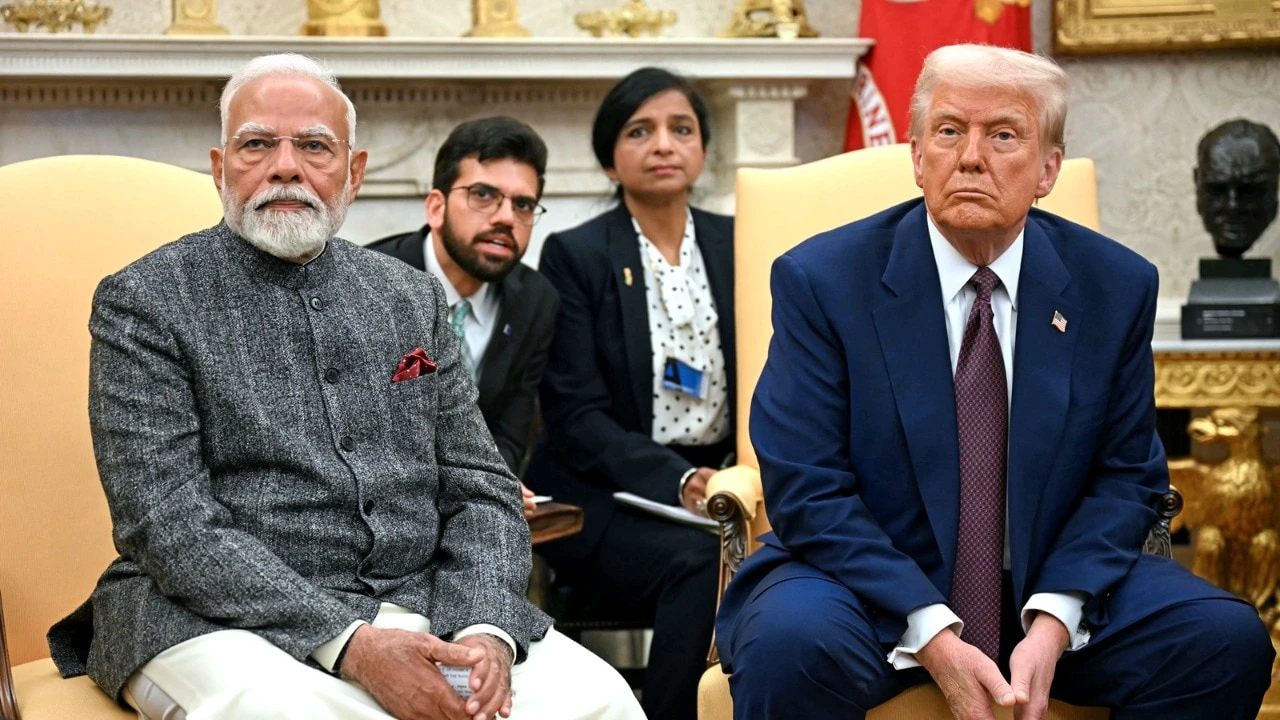Negotiations between India and the US on a crucial trade pact remain at an impasse, with talks now expected to resume when a delegation from Washington visits Delhi in the second week of August, sources said.
The two nations are aiming to finalise a comprehensive bilateral trade agreement (BTA) by September or October. The latest round of talks, the fifth, saw the Indian negotiators in Washington attempting to break a deadlock over duties on auto components, steel, and agricultural products. These issues have emerged as key sticking points in the drawn-out negotiations.
However, the discussions remained inconclusive, and the Indian delegation returned home just days before US President Donald Trump’s August 1 tariff pause deadline rolls around. Without the trade deal cushion, India must brace for a 26 per cent tariff. But the government maintains that India will enter into an agreement with the US only if its interests are protected.
Talks hit a snag after India drew a red line and refused to yield to US demands on agricultural access, , which employs more than 80 million Indians, many of them smallholder farmers.
Sources previously said that while the two countries were close to sealing a deal by the end of June, discussions fell apart before the July 9 deadline set by Trump. was a key reason the talks failed to cross the finish line.
Trump, meanwhile, has repeatedly claimed that the BTA with India is almost done deal. Yet, he has also warned of sweeping new tariffs on imports from multiple countries, including members of the Brics bloc, of which India is a member.
Last week, the US President reiterated that Brics nations could face 10 per cent tariffs if they dare to go the de-dollarization way. He also warned of 100 per cent duties on Russian goods and hinted at slapping secondary sanctions on countries buying Russian oil. India, the second-largest buyer of Russian fossil fuels, could be majorly impacted if such measures are enforced.
While at least 14 countries have received formal notices from Washington about impending tariffs ranging from 25 per cent to 40 per cent, India has not received such a letter. This has given hope that negotiations are still alive, albeit under growing pressure.
The outcome of the August round of talks may determine whether India can avoid and secure a long-pending trade pact with Washington, one that has remained elusive despite repeated assurances from both governments.
